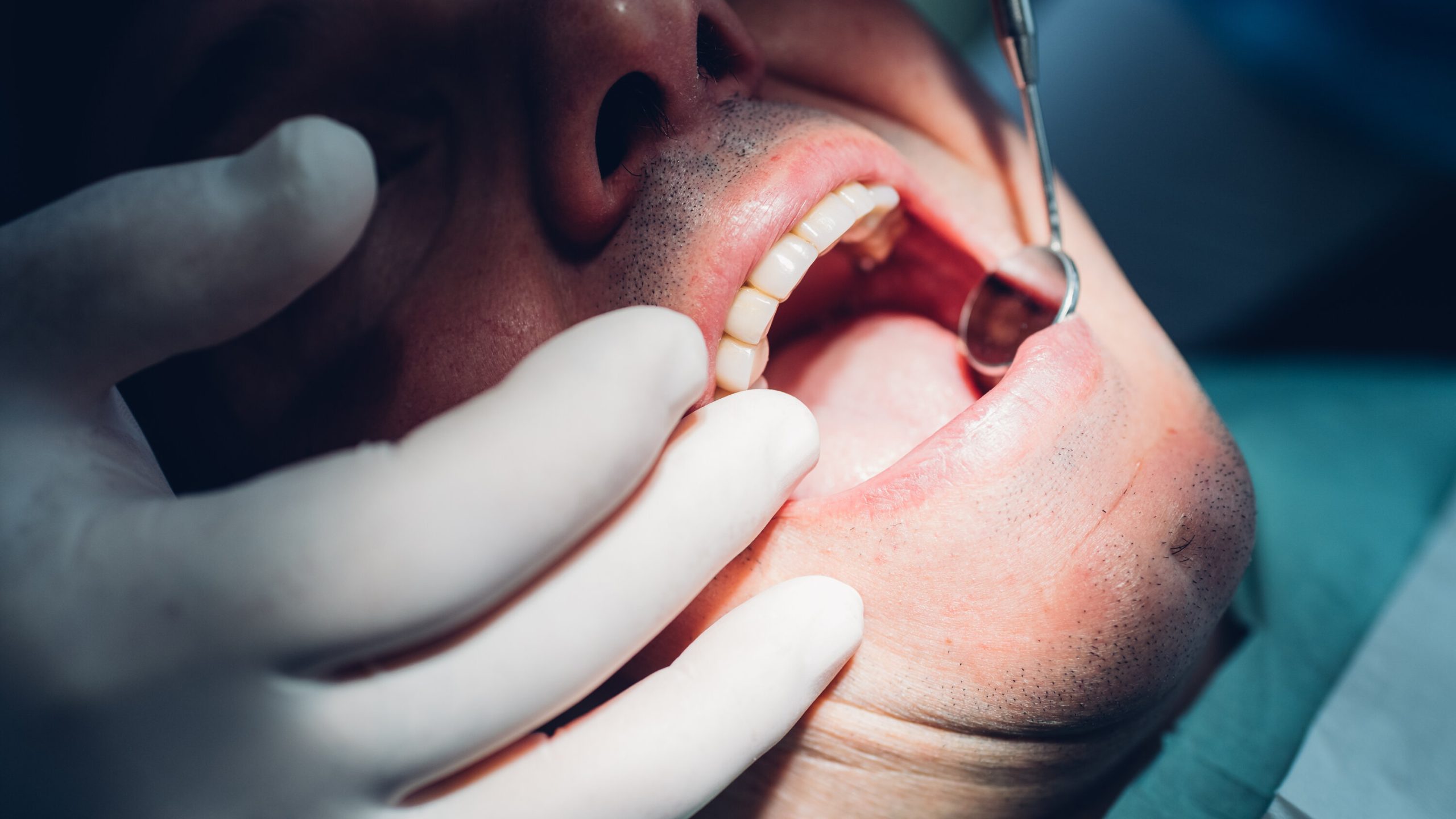Chlorhexidine is a widely used antiseptic mouthwash known for its efficacy in reducing oral bacteria. However, one common drawback is its potential to stain teeth, particularly if proper care is not taken. These stains often manifest as brown or yellowish spots on the enamel, which can be unsightly and difficult to remove with regular brushing alone. Fortunately, there are effective techniques to manage and eliminate these stains, restoring your smile to its natural brilliance.
Immediate Actions to Minimize Staining
Upon noticing chlorhexidine stains, prompt action can prevent them from setting deeply into the enamel. Immediately after using chlorhexidine mouthwash, rinse your mouth thoroughly with water to remove any residual solution. This simple step helps minimize the amount of chlorhexidine left on the teeth, reducing the potential for staining.
Brushing Techniques and Timing
Use of Toothpaste with Abrasive Properties: Choose toothpaste that contains mild abrasives, as these can help gently polish away surface stains without damaging the enamel. Brush your teeth twice a day, ensuring you pay extra attention to the areas where stains are visible.
Timing of Brushing: It is advisable to brush your teeth at least 30 minutes after using chlorhexidine mouthwash. This delay allows the fluoride in toothpaste to counteract the acidic pH left by chlorhexidine, which can contribute to enamel erosion if not neutralized and how to remove chlorhexidine stains from teeth.
Professional Dental Cleanings
For persistent chlorhexidine stains that do not respond to home care, consider scheduling a professional dental cleaning. Dental hygienists have specialized tools and cleaning agents that can effectively remove stubborn stains from the teeth. They can also provide personalized advice on oral hygiene practices to prevent future staining.
Utilizing Baking Soda
Baking soda is renowned for its mild abrasive properties, making it an effective natural remedy for removing surface stains caused by chlorhexidine. Create a paste by mixing baking soda with water and apply it gently to the stained areas using a soft-bristled toothbrush. Brush in circular motions for a few minutes before rinsing thoroughly with water. Repeat this process once or twice a week until you achieve the desired results.

Professional Whitening Treatments
In cases where chlorhexidine stains are particularly stubborn or widespread, professional whitening treatments may be considered. These treatments, offered by dentists, use stronger bleaching agents to lighten the enamel and reduce the appearance of stains. It is important to consult with a dental professional to determine the most suitable whitening option based on your oral health and the severity of staining.
Preventative Measures
Preventing chlorhexidine stains begins with proper oral hygiene and technique:
- Dilution: If instructed by your dentist, consider diluting chlorhexidine mouthwash with water to lessen its staining potential.
- Regular Dental Visits: Maintain regular dental check-ups to monitor oral health and address any staining promptly.
- Alternative Products: Discuss alternative oral hygiene products with your dentist if staining continues to be problematic despite precautions.
Managing and eliminating chlorhexidine stains requires a combination of proactive home care and professional intervention when necessary. By adopting these effective techniques and incorporating them into your daily oral hygiene routine, you can effectively minimize and eliminate chlorhexidine stains, preserving the natural whiteness and health of your teeth. Remember, consistency and diligence is key to achieving and maintaining a bright, stain-free smile.

